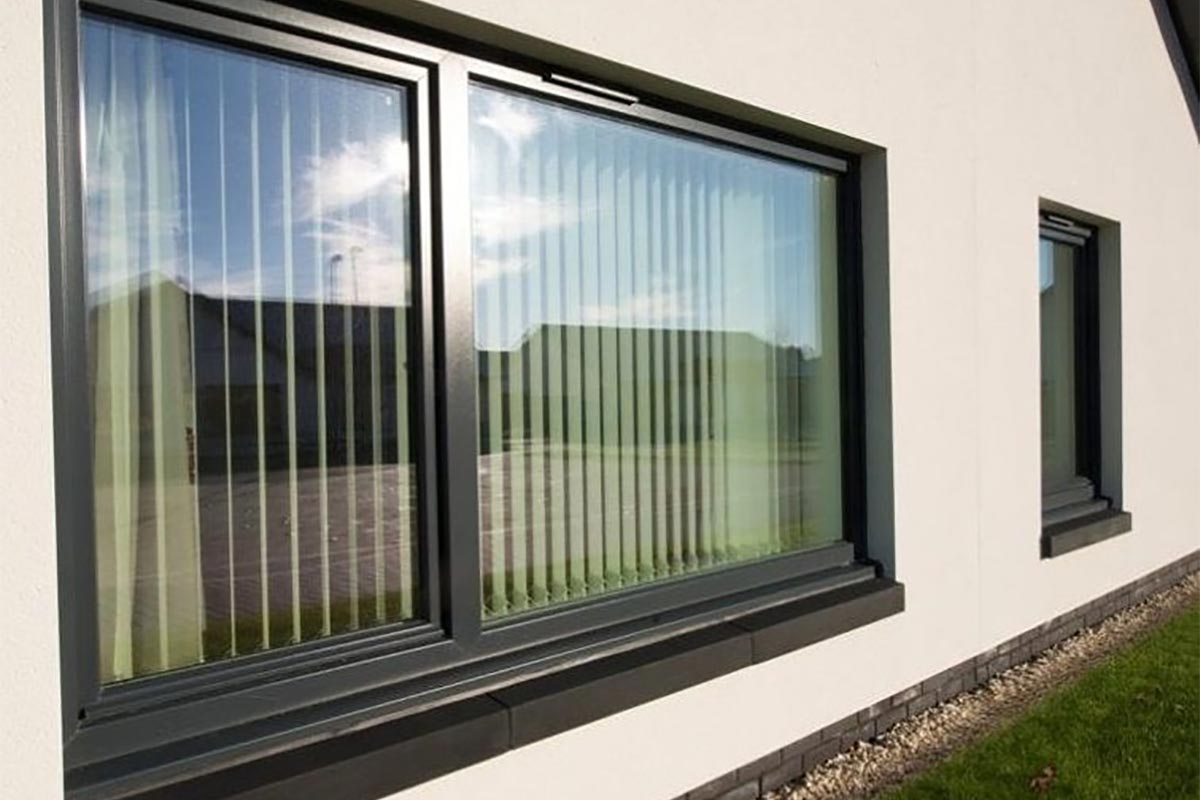
Tilt-and-turn vs. Fully Reversible – Which Type of Window is Best for Me?
When it comes to window design, there are many other options on the market besides the widely popular casement variety. Increasing numbers of home and business owners are now opting to have flexibly-opening windows installed, thanks to the ventilation, safety and security benefits they provide.
Tilt-and-turn and fully-reversible are two of the most common varieties of flexibly-opening window. One thing they both have in common is the capability to open inwardly, unlike the majority of other window types that are designed to open outwards.
If you’re unsure which of these two types of flexible window would best suit your home, your friends at Caledonia Windows & Doors are here to help. We’ve put together a quick guide explaining the differences between tilt-and-turn and reversible windows, the unique benefits they each have – and the reasons why you may choose one over the other.
Without any further ado, let’s get started…
Tilt-and-Turn
You can fully open a tilt-and-turn window inwardly or tilt them from the bottom, so that the top of the window angles into the room, creating a small opening for ventilation.
Opening the window in this way can allow you to circulate fresh air inside while you’re out, without risking intrusion, as it isn’t possible to fit through the gap. From a safety perspective, a tilt-and-turn window can also double as a fire escape, given that it is possible to open completely and climb through in the event of a fire emergency.
When deciding where to install tilt-and-turn windows, consider the placement of taps, cupboards and other furniture which may restrict their range of opening. They also may not be the best choice for smaller rooms, as the inward opening can restrict space.
Reversible Windows
Like their tilt-and-turn equivalents, reversible windows can be opened to point inwardly. However, the key difference between the two styles is that reversible windows can also be rotated to face out!
Reversible windows comprise two hinges – one to open pointing inwardly and another to open out. Unlike tilt-and-turn windows, when opening inwardly, reversibles will not encroach on any of the space inside. This makes them particularly ideal for smaller rooms.
The greater flexibility offered by reversible windows means they are easier to clean than other varieties and can even be cleaned from the inside. Reversible windows are a great choice for high-rise apartments and office properties for this very reason!
A Final Thought
Both tilt-and-turn and reversible windows are available in a wide selection of attractive styles and designs with options to suit most traditional and modern tastes. Reputable glazing companies can build them to order, ensuring a precise fit and optimal, energy-saving performance.
So, whichever style you opt for, you should be getting stylish hard-wearing windows that will keep your home secure and well ventilated all year round. No matter what you decide, we hope you’ll be very happy with your brand-new windows!

